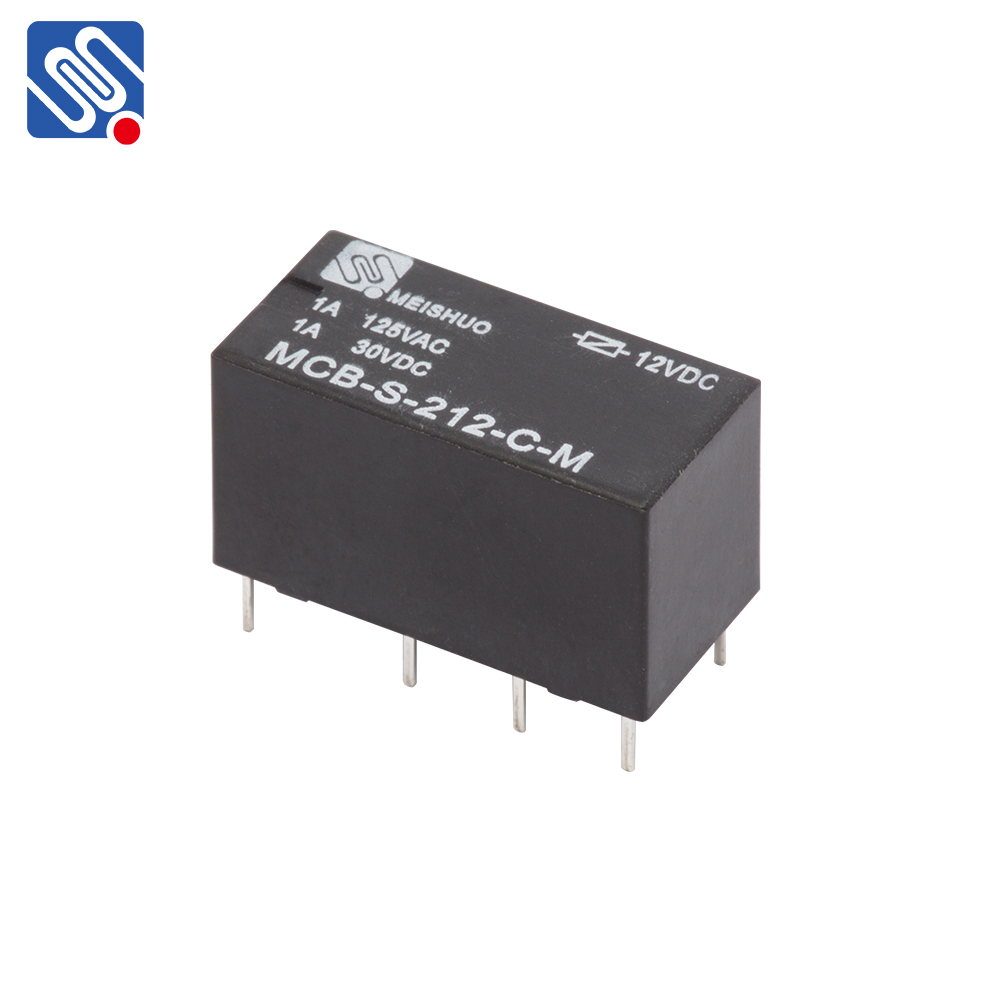Relay signals play a crucial role in various fields, ranging from automation systems to telecommunications. These signals are part of the larger relay mechanism, which uses electrical signals to control the flow of electricity or data through circuits. Whether in simple home appliances or complex industrial machinery, relays are indispensable for ensuring efficient, safe, and precise control of electrical systems. This article explores the working principles of relay signals, their applications, and their significance in different systems.

What Are Relay Signals? In essence, a relay is an electrically operated switch that uses a small input signal to control a larger current or voltage circuit. The relay consists of a coil (which generates a magnetic field when energized), contacts (that open or close based on the relay’s activation), and a mechanical or solid-state switch. When a control signal is applied to the coil, it triggers the switch to either open or close, thus controlling the flow of electricity to another part of the circuit. Relay signals refer to the input signals that control the activation of the relay’s coil. These signals are typically low-voltage or low-current signals, such as 5V or 12V DC. When the relay receives the signal, it activates the internal switch to either break or complete the circuit, allowing larger currents (often AC or higher DC voltages) to flow through the system. This ability to control high-power circuits with low-power input is one of the primary advantages of relays.